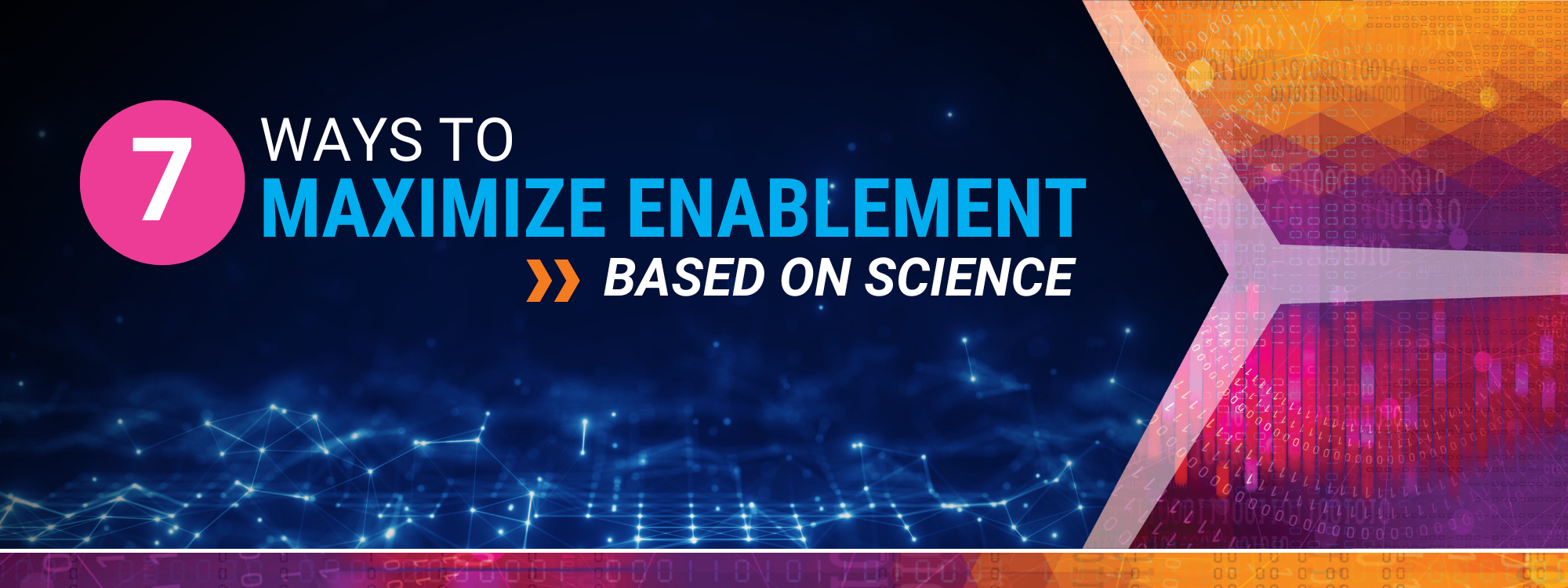It’s no secret, at Continuum we love weaving in adult learning principles and behavioral psychology into everything we do. So, we decided to compile our top 7 learning principles that will change the way you enable customers, pre-sales engineers, sales, and leadership. It’s no doubt that getting enablement right is the key to unlocking a competitive advantage, unified teams, faster sale cycles, a stronger brand, you name it!
So, what are the top crucial principles and their tailored applications in customer-facing, pre-sales engineering, sales, and leadership enablement? We’re glad you asked…
1. Cognitive Load Theory: A Faster Way to Sale
Cognitive Load Theory posits that people have a limited capacity for processing information. Really understanding Cognitive Load Theory will single-handedly accelerate your sales cycles. Your teams will learn faster and deeper in the areas you need them to. Likewise, your customer will be enabled and marketed to better, increasing sales cycles, adoption, and expansion opportunities. It’s a powerful thing!
So, how do you enable and present information in a way that minimizes cognitive load? Whether it’s teaching outcome-based selling or deep technical training, the key is simplicity. Turns out, it applies to every learner too.
But easier said than done, right? True. But the first step is making sure your message is as trimmed down, simple, and applicable as possible across any audience you’re enabling. Second, cut down any unnecessary “information” that will need to be processed in your enablement. For customers, for instance, you want to make the decisions they’ll need to make simple too.
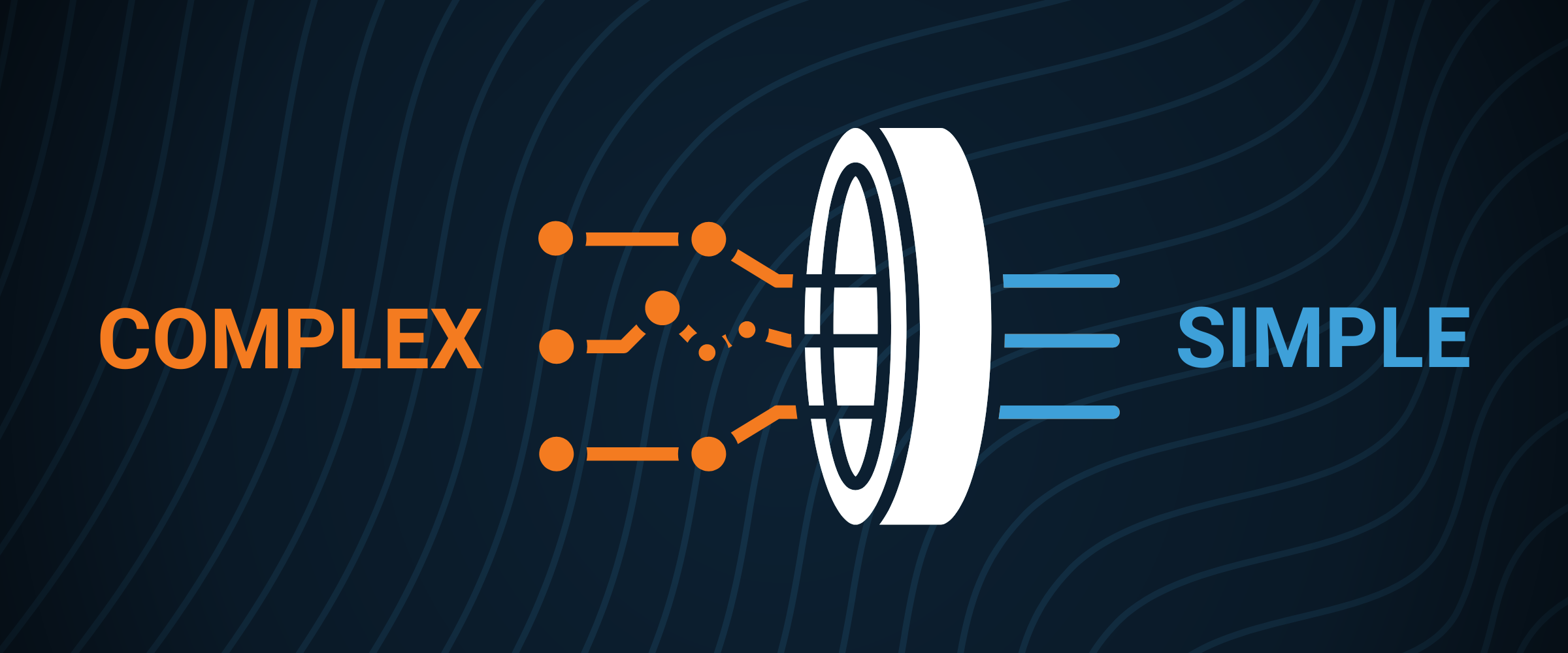
Want to dig in more? Here’s an exceptional research article on how memory is impacted by presentation.
2. Mere Exposure Effect: The More You See It, The More You Like It
The Mere Exposure Effect can be used to help people learn faster and like your product more, or even prefer your brand more (hello branding and product folks too, we see you!).
Did you know the reason you like a song the 3rd time more than the first time you heard it is because of the Mere Exposure Effect? That’s because people are more likely to like something the more they experience it, which is now known as the Mere Exposure Effect.
So now that you’ve trimmed down your message and enablement delivery thanks to Cognitive Load Theory, you can use the Mere Exposure Effect to increase the acceptance and even approval of your message, product, brand, you name it!
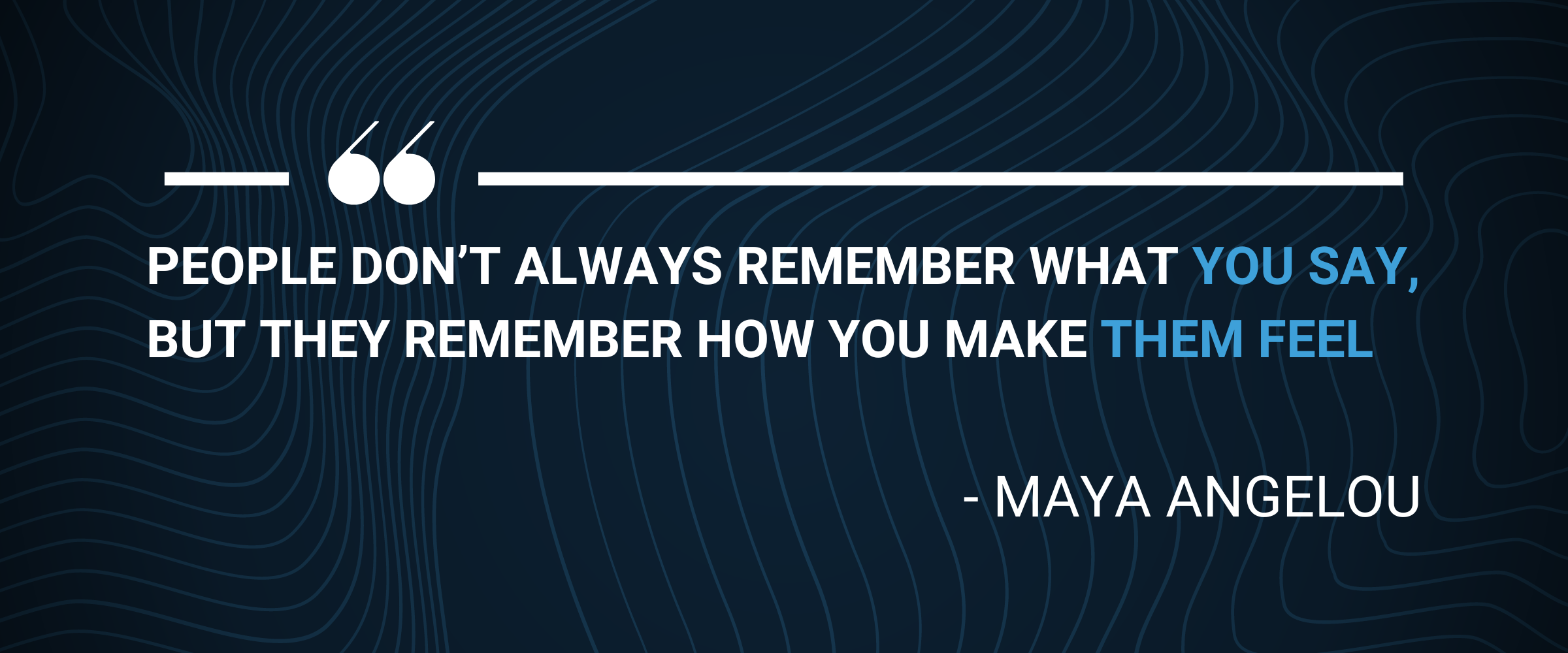
3. Social Learning Theory: A Unified Approach to Learning
Social Learning Theory suggests that people learn by observing the behaviors and attitudes of others in social settings. Essentially, most people learn from each other through observation, imitation, and modeling.
So, how do you harness Social Learning Theory effectively in enablement? Consider incorporating interactive group activities, peer-to-peer mentoring sessions, and community forums into your enablement programs. By creating opportunities for team members to share experiences, best practices, and insights, organizations can foster a culture of continuous learning and collaboration, driving collective growth and performance improvement.
And bonus, your teams will learn faster and master the content deeper. Why? The more people tie what they’re learning and share it, the faster your brain “chunks” it and the more likely you are to retain and generalize the information!
4. Emotional Intelligence in Sales: A Leadership Imperative
Leadership sets the tone, and studies affirm the significance of emotional intelligence in sales success. For leaders, understanding and applying emotional intelligence is a crucial aspect, fostering effective communication and relationship-building within teams and with customers.
Leadership sets the tone, and studies affirm the significance of emotional intelligence in sales success. Emotional Intelligence (EI) encompasses the ability to recognize, understand, and manage one’s own emotions, as well as those of others, particularly in social interactions.
For leaders, understanding and applying emotional intelligence becomes a crucial aspect, fostering effective communication and relationship-building within teams and with customers. By incorporating emotional intelligence training into leadership development programs, organizations can empower their leaders to navigate complex sales scenarios with empathy, resilience, and authenticity, ultimately driving sustainable business growth.
5. Neuroscience and Decision-Making: Crafting Strategies for Success
Neuroscience studies how the brain processes information and drives decision-making, including how it influences our behavior and how fast we act. Understanding these insights is crucial for effective enablement.
For instance, understanding how influential emotional processing is on our decision-making (thank you amygdala) becomes a potent tool for engaging customers or compelling your leadership team to take action. By aligning with the brain’s inclination for narratives, messages can evoke strong emotional connections.
Another favorite is cognitive bias. Understanding cognitive bias is crucial for enablement because they can affect how individuals perceive, interpret, and act on information. For example, confirmation bias, where individuals tend to favor information that confirms their existing beliefs, can hinder learning and prevent individuals from considering alternative perspectives. Similarly, anchoring bias, where individuals rely heavily on the first piece of information encountered when making decisions, can influence how sales messages are perceived and evaluated by customers.
All of these influence how you position information and conversations, and are incredible powerful tools in your enablement toolbelt!
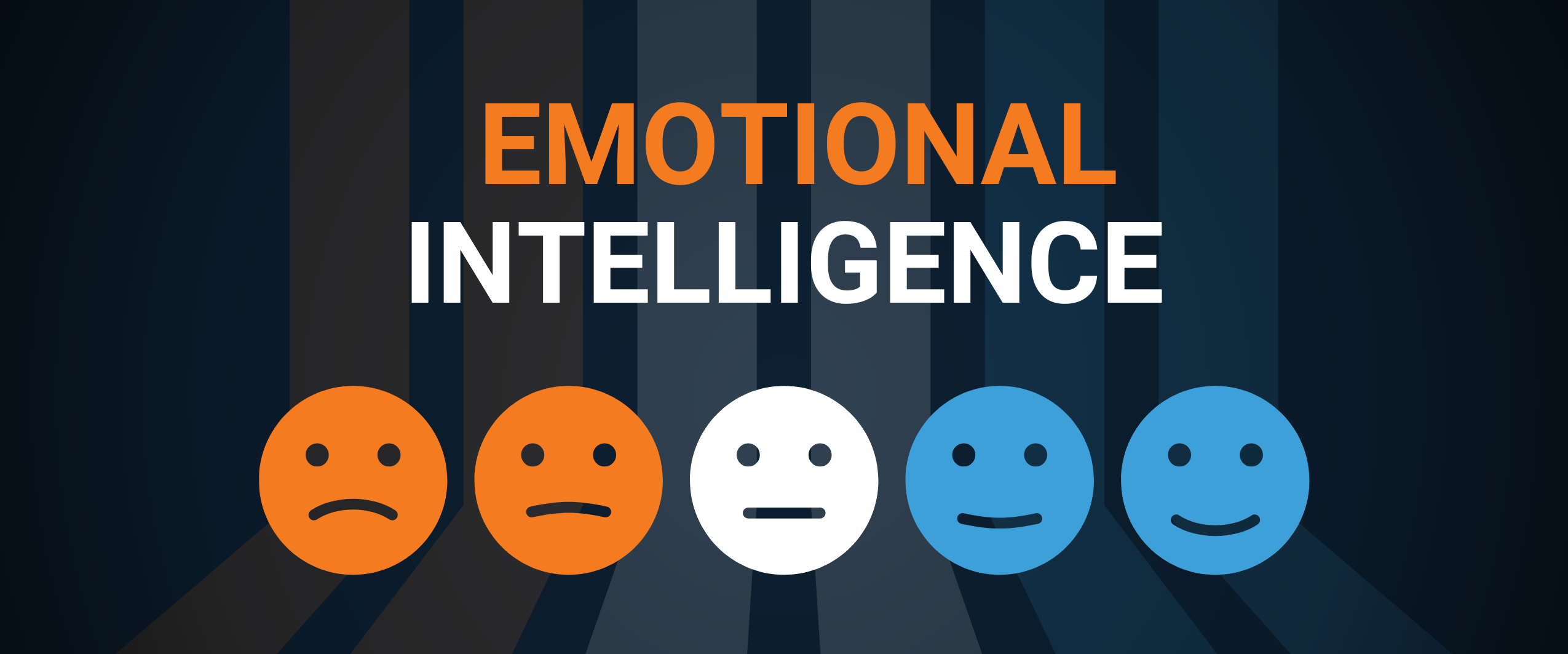
6. Adult Learning Styles: Tailoring for Maximum Impact Across Roles
Adults learn differently. Recognizing and accommodating diverse learning preferences is essential for effective enablement across various roles within organizations. By tailoring presentations to align with visual, auditory, or kinesthetic preferences, you can quickly enhance learning outcomes and decision-making processes for customers, pre-sales engineers, sales teams, and leadership alike. This approach ensures that information is delivered in a format that resonates with each individual, maximizing engagement and retention.
Not sure where to start? Let’s talk!
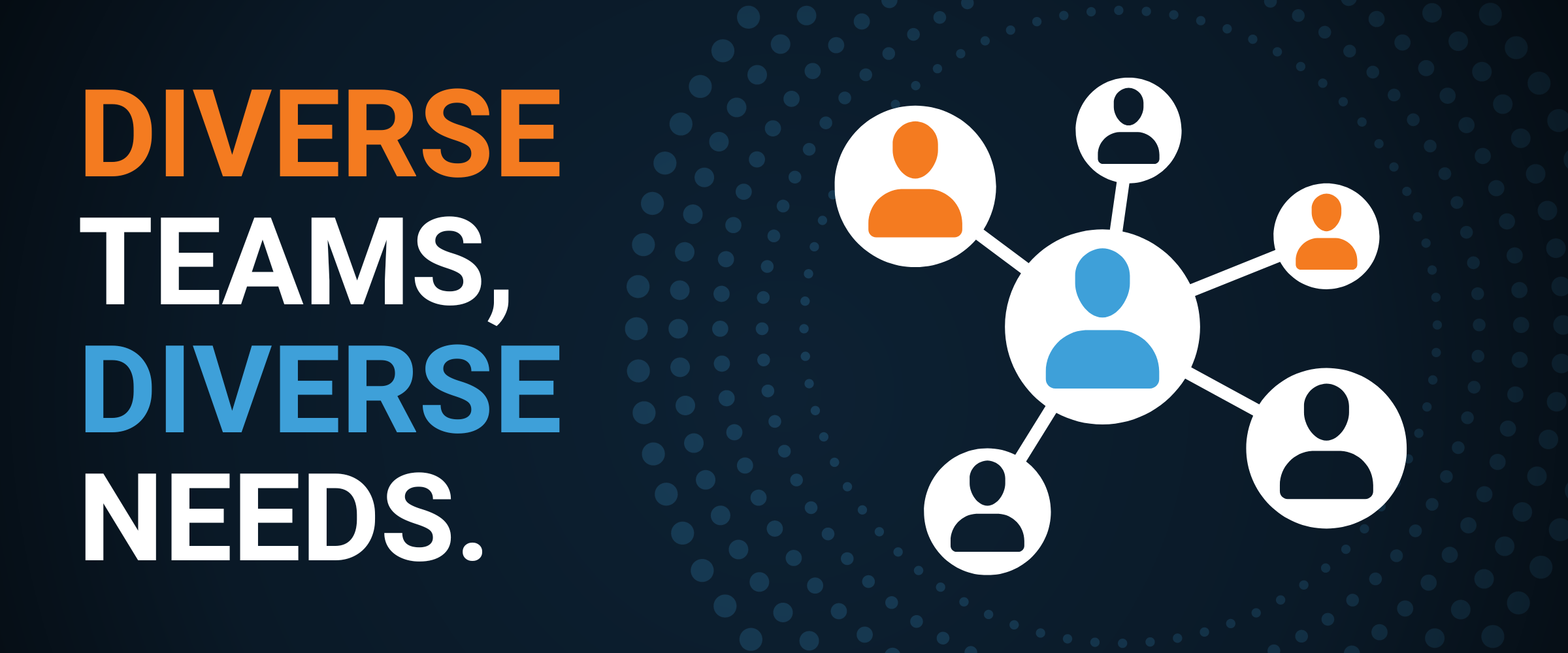
7. Customer Journey Mapping: Navigating Internal and External Paths
Beyond external customer journeys, internal enablement benefits from understanding and optimizing internal paths. Aligning strategies with the stages of awareness, consideration, and decision-making ensures a cohesive and streamlined approach for customers, pre-sales engineers, sales, and leadership.
By weaving these psychological principles into the fabric of sales enablement across roles, organizations can foster a holistic and impactful approach that resonates both externally with customers and internally across diverse teams and leadership levels.
+ Top Questions to Ask When Building an Enablement Strategy
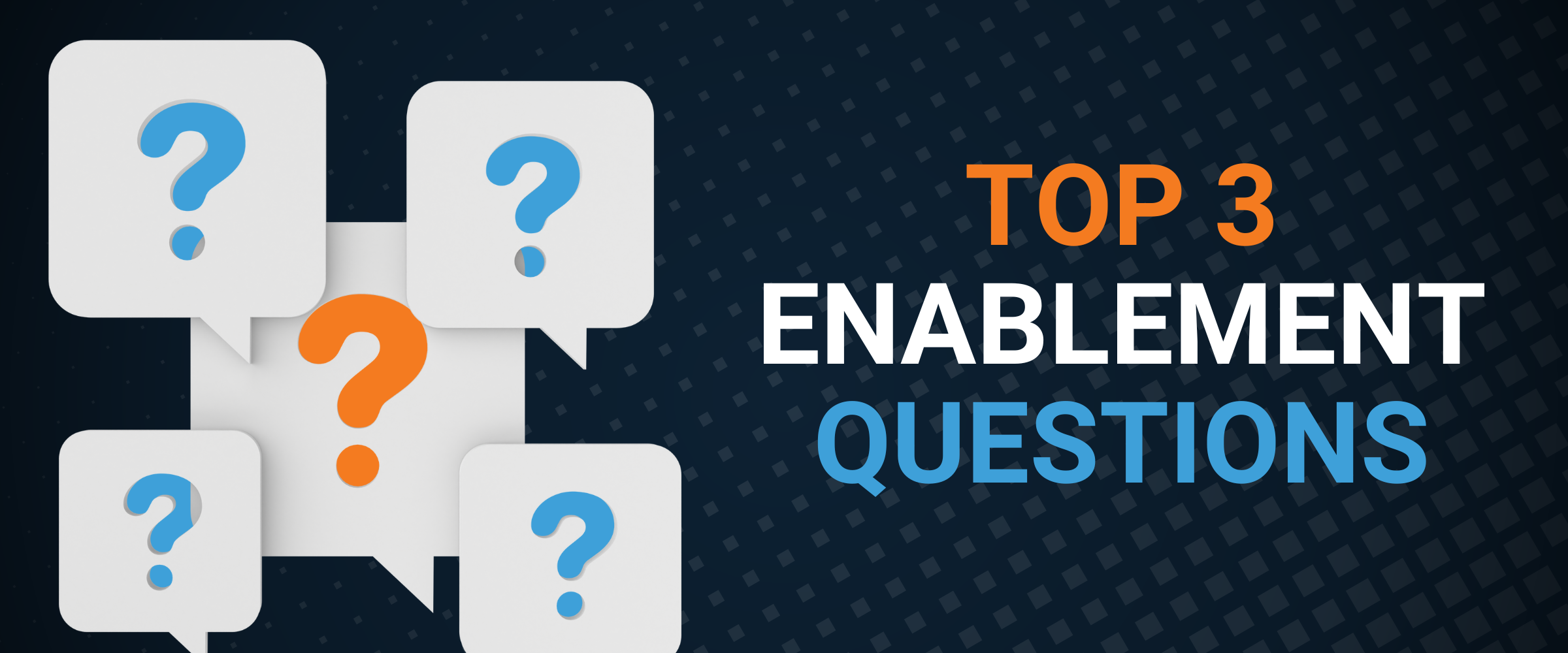
1. What is the baseline knowledge of the people I’ll be enabling?
- Great, now go one layer lower in your content. Research shows that we assume people know as much as us and respond in similar ways that we do. But that’s just not true. So we always recommend going 10-20% deeper than you think you need to for enablement, showing your audience how to bring the conversation up while giving them just enough to be dangerous.
2. What are the top 3-5 most important things you need people to know/walk away with?
- We know everything is important, but people need to hear things 7-11 times before they remember it and most folks only remember about 30% of what they’ve heard. So, focus on what the audience must walk away with. I know it’s tough, but if it was easy then everyone would be doing it.
3. How is success defined and measured?
- The end goal of an enablement strategy drastically affects the roadmap built to achieve it. After all, you can’t improve what you don’t measure. Pre- and post-enablement assessments, gamification scoring, and attendance records are some strategies you can employ to provide insightful metrics. We recommend meeting with key stakeholders to precisely define what the areas of improvement are and what metrics would best indicate an upwards trend.
Conclusion
In the dynamic landscape of technology, where innovation is ceaseless and competition is fierce, the ability to articulate a compelling and competitive message is paramount. The challenge lies not only in developing cutting-edge products and solutions but also in effectively communicating their value propositions to their target audience. This is where a strategic go-to-market approach becomes indispensable.
At transformation CONTINUUM, we specialize in partnering with industry giants and their ecosystem to define messaging strategies that resonate, enabling them to stand out in crowded markets and capture the attention of discerning customers. Before you can delve into the nuances of crafting compelling messaging and the critical role it plays in driving success in today’s competitive tech landscape, you have to understand how your internal and external teams will be able to ingest and interact with that messaging. If your team can’t understand it, they can’t sell it. Continuum assuages those concerns by creating a tailored, relevant end-to-end campaign that is rooted in behavioral science.
Ready to get started? Visit https://transformationcontinuum.com/ or contact us directly at info@transformationcontinuum.com
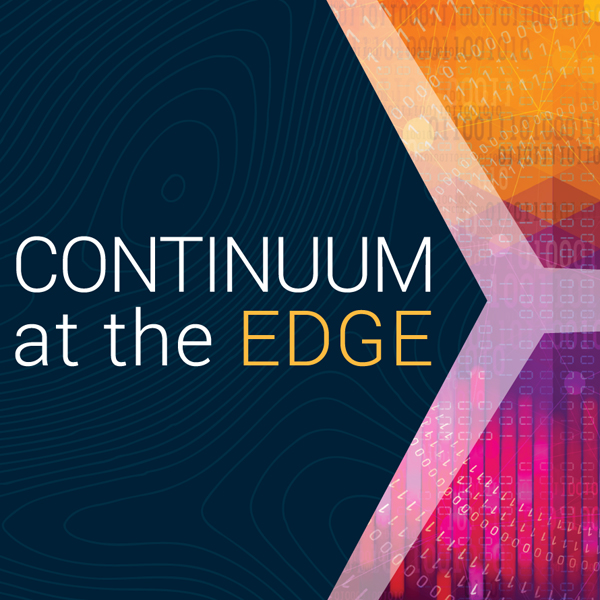
There's more to discover!
You can gain access to more helpful resources just like this by subscribing to our Linkedin Newsletter, “Continuum at The Edge”. Our monthly newsletter provides the latest digital transformation news, noteworthy content, and events happening at the edge of tech. By joining our subscriber community, not only will you unlock additional articles, but you have the ability to join in on insightful and eye-opening conversations with our audience.

There's more to discover!
You can gain access to more helpful resources just like this by subscribing to our Linkedin Newsletter, “Continuum at The Edge”. Our monthly newsletter provides the latest digital transformation news, noteworthy content, and events happening at the edge of tech. By joining our subscriber community, not only will you unlock additional articles, but you have the ability to join in on insightful and eye-opening conversations with our audience.

